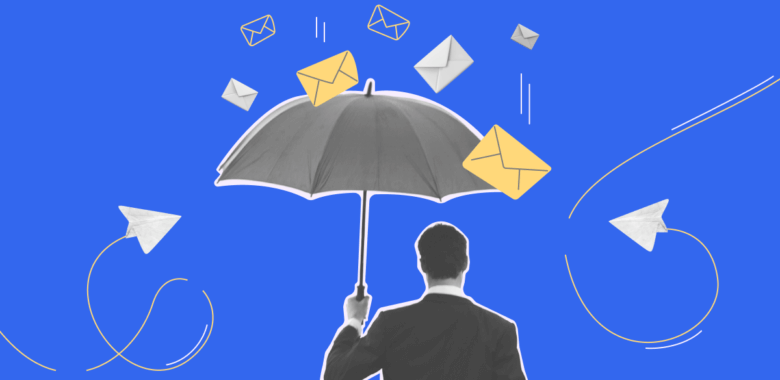Unsubscribe rate benchmarks
Now you know that the unsubscribe rate can become a problem if it’s too high — but what is too high? And what is low enough? It depends but here are some interesting numbers and factors affecting your personal benchmarks.
For example, one factor that determines your good and bad unsubscribe rates is the industry. According to Selzy, the average unsubscribe rate for Marketing is 0.09%, while the average rate in IT is just 0.03%.
Other variables include the country of operation and even the time of the day. For example, GetResponse found that the average unsubscribe rate in Belgium is 0.32%, while in Vietnam it’s 0.06%. As for the time, most unsubscribes (0.14%) happen at 7 AM, 8 AM, and 5 PM.
So, rather than aiming at specific numbers, stay within your industry’s average rate according to the latest benchmark reports. Your campaigns’ historical data can also help you look for abnormalities in the metric over time. So, don’t forget to check the reporting and track your newsletter’s unsubscribe rate regularly.














